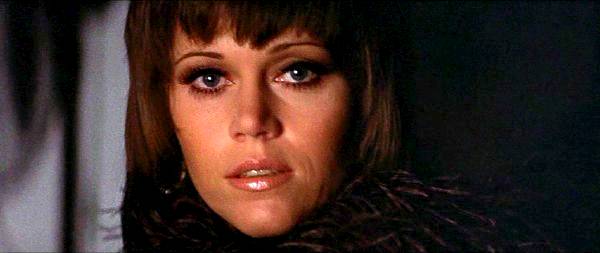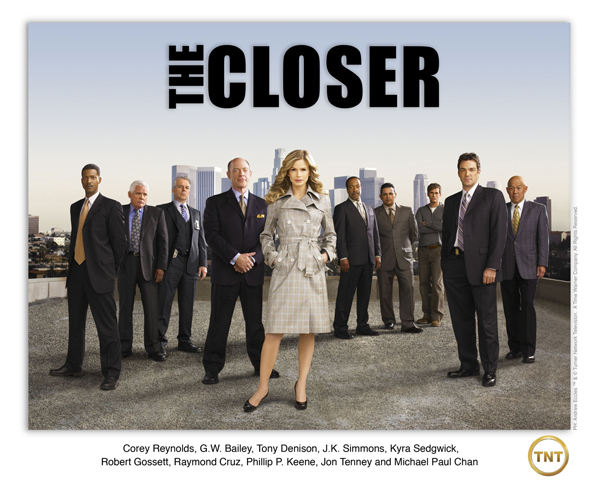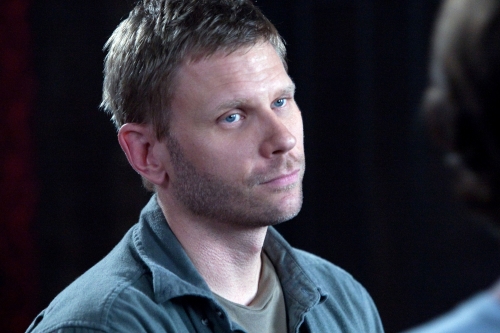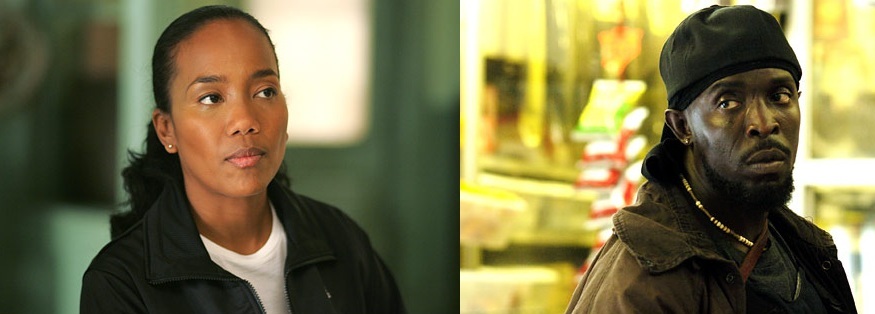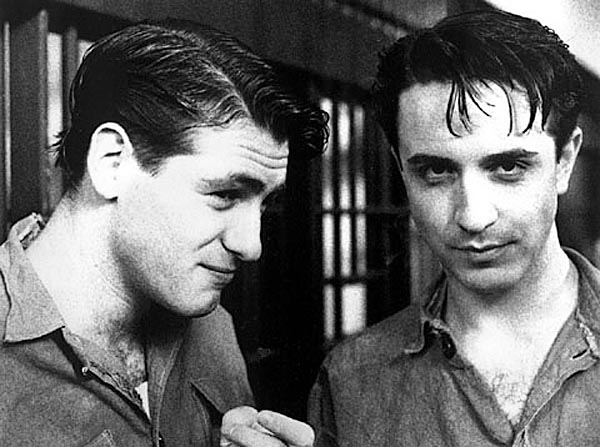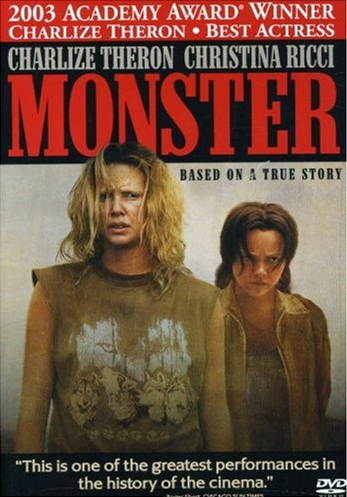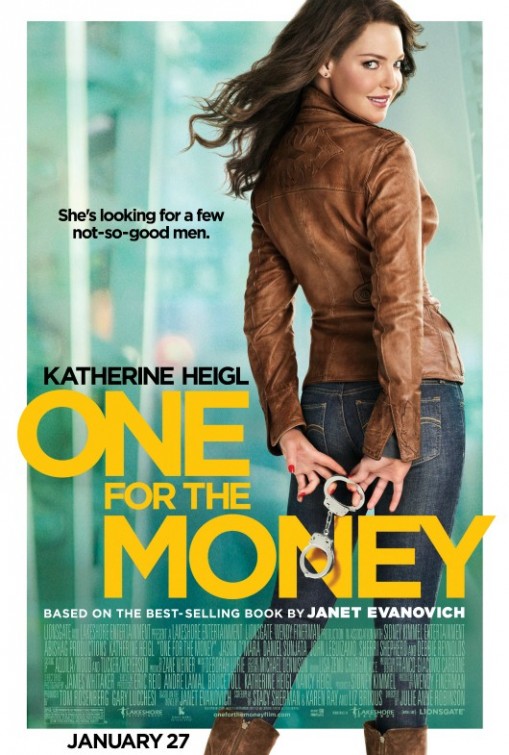
Written by Rachael Johnson
The Fall is one of 2013’s television success stories. The five-part BBC crime drama is a compelling, well-crafted production with a fine cast and a terrific lead performance by Gillian Anderson. Set in present-day Belfast–and also shot on location in the Northern Ireland capital–The Fall chronicles the police hunt for a serial killer of attractive, professional women in their thirties. It is created and written by Allan Cubitt–who scripted Prime Suspect 2 (1992, UK)–and directed by Jakob Verbruggen.
Anderson plays Detective Superintendent Stella Gibson, an Englishwoman called in from the London Metropolitan Police to review a high profile PSNI (Police Service of Northern Ireland) investigation into the murder of an architect. When another woman of similar looks and background is found murdered, Gibson takes charge of the investigation. The Fall is not a whodunit like Forbrydelsen (2007, DK) or The Killing. We know the identity of the murderer, a certain Paul Spector, from the very first episode. The viewer’s interest lies instead in studying the killer and watching Stella pursue the case.

The serial killer’s personal and professional lives are “normal”: Spector is a young man in a caring profession with a hard-working wife and two small children. He is a bereavement counselor. She is a neonatal nurse. Capably played by Jamie Dornan, Spector is slender, good-looking and athletic. A good family man, he seems to have a loving relationship with his children. His sweet, sensitive daughter adores him. Spector’s wife, Sally Anne (Bronagh Waugh) does not know that she is sleeping with a killer of women. He does not reveal violent, misogynist tendencies in his family life. Nor does he show evidence of any psycho-sexual hang-ups in his marital relations. Returning home from violating the domestic space of a potential victim, he falls into bed and makes love with his wife. Possessing, it seems, a split personality, Spector leads two very different lives. At times, these lives are sustained simultaneously. In one unnerving scene, he stalks a potential victim in a park with his young daughter in tow. At first, Dornan’s Spector struck me as a little too normal to be credible but there is an intensity and arrogance to his character that suggests a darker side. There have been serial killers from very average backgrounds and the makers of The Fall consistently underline Spector’s chilling ordinariness in their observational study of the killer. The writer Allan Cubitt has created a man–not a monster.

As a writer of a series that introduced the world to Helen Mirren’s Detective Chief Inspector Jane Tennison, Allan Cubitt is, of course, well-acquainted with strong female characters. His Stella is a particularly striking, commanding protagonist. Clad in pencil skirts, silk blouses and stilettos, she cuts an elegant, glamorous figure. Amusingly, Stella’s silk shirts have become a fashion column and pop culture talking point in the UK. The character’s ultra-feminine looks, it must be said, aim to signify authority rather than slavishness to an ideal of femininity. Stella is self-governing and goal-oriented. The English outsider has, in fact, an almost patrician manner at times. Her leadership style cannot be characterized as either buddy-buddy or maternal. Stella is a cool rather than cold woman, however. This is apparent when we see her calmly help a male co-worker recover from a traumatic incident. We admire her poise and intelligence. Stella also shows interest in the lives of her female co-workers. Most importantly, she possesses a feminist consciousness: she exposes misogyny while combating male violence against women.

Entirely at ease in her skin, Stella is, also, very much a sexual woman. One scene in particular stands out. Spotting a good-looking cop at a crime scene, Stella asks her female companion, police constable Danielle Ferrington (Niamh McGrady) to introduce her to him. When he asks her how long the review will take, Stella tells him point-blank: “I’m staying at the Hilton. Room 203.” It is an impressive, amusing display of female sexual sway. They enjoy their night together but when he makes the mistake of texting a sexy selfie the day after, Stella breaks off contact. She has no interest in pursuing a relationship. Stella is also unafraid of exposing sexual double standards. The one night stand becomes a potentially compromising issue for her male co-workers as the plot develops. Stella, however, detects the underlying reasons for their unease. She puts them in the picture: “That’s what really bothers you, isn’t it? The one night stand. Man fucks woman. Subject man, verb fucks, object woman. That’s ok. Woman fucks man, woman subject, man object. That’s not so comfortable for you, is it?”

Stella is a rational, self-directed, sexual woman. What is unfortunate is that this particular combination of characteristics in a female protagonist is still rare in mainstream film and television. Unusually, the makers of The Fall have not given Stella a troubled back story or a comforting vulnerable side. She does not appear to be haunted by her past and there is no evidence of alcoholism or other psychological problems. Happily, the script does not seem to support the outdated, bogus belief that successful, professional women can only attain real happiness by marrying and having children. Stella does not seem to be mourning a lost love. Nor does she seem to ache for a child. These tendencies, it must be said, invariably surface in Hollywood and mainstream US television’s characterizations of strong women and it is commendable that The Fall does not take that route.

The Fall could be said to exhibit strong feminist principles. Of course, makers of serial killer dramas risk aestheticizing sexualised violence against women. Although they arguably represent an attempt to get into the mindset of the killer, some may find The Fall’s scenes of voyeurism and violence as suspect as those in more plainly exploitative productions. The Fall is, however, manifestly feminist in its refusal to portray Spector as a monstrous other and in its remarkable characterization of its heroine. It is also evident in the direct way it tackles the issue of victim-blaming. In a conversation with Jim Burns, the Assistant Chief Constable of the PSNI (John Lynch), Stella questions the use of the word ‘innocent’ in describing the killer’s victims:”‘Let’s not refer to them as innocent…What if he kills a prostitute next or a woman walking home drunk, late at night, in a short skirt? Will they be in some way less innocent, therefore less deserving? Culpable? The media loves to divide women into virgins and vamps, angels or whores. Let’s not encourage them.” There are other independent, resourceful women in The Fall and other instances of female solidarity. Stella has a good rapport with pathologist, Paula Reed Smith (played by Archie Panjabi) as well as PC Danielle. We see the latter stung with guilt that she was not able to save a potential victim. Danielle’s sisterly camaraderie even extends to removing the tell-tale signs of Stella’s one-night stand on an errand to her hotel room.

The Fall is not without derivative elements and devices but it is a stylish and quite gritty series. A deeply engrossing thriller, it unsettles, frightens and moves its audience. The Fall’s setting is also interesting. Belfast provides a somewhat tense, moody backdrop. Sectarian conflict is not a distant memory and politics shapes everyday lives. While we may ask whether The Fall provides a particularly pioneering or remarkable study of male violence, it is admirable that its creators are not afraid to emphasize the killer’s normality and masculinity. Most importantly, The Fall has given us a new, über cool feminist heroine. The good news is that there will be another season.

